The limitations inherent with air transport, especially aircraft internal carriage, create difficult mobility challenges.
The weight of the payload as a percentage of the fully loaded weight is illustrative.
HIMARS and NMESIS have the lowest scores, each at 14%
Lightweight MLRS vehicle was 28% (accepting this was a design figure), and LIMAWS(R), 26%.
At 46%, the Lightweight MLRS Trailer has the better score.
How, then, do you deconstruct this…?
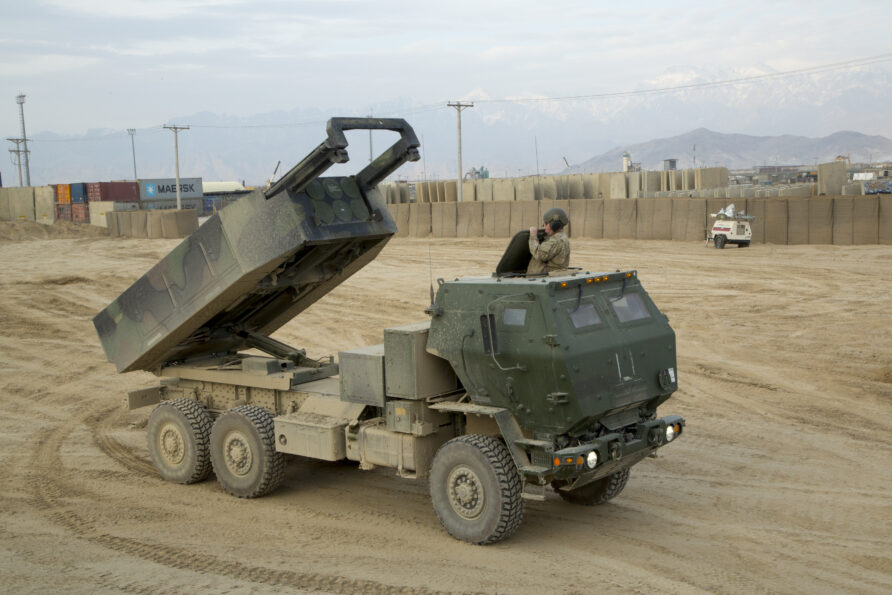
Or this.
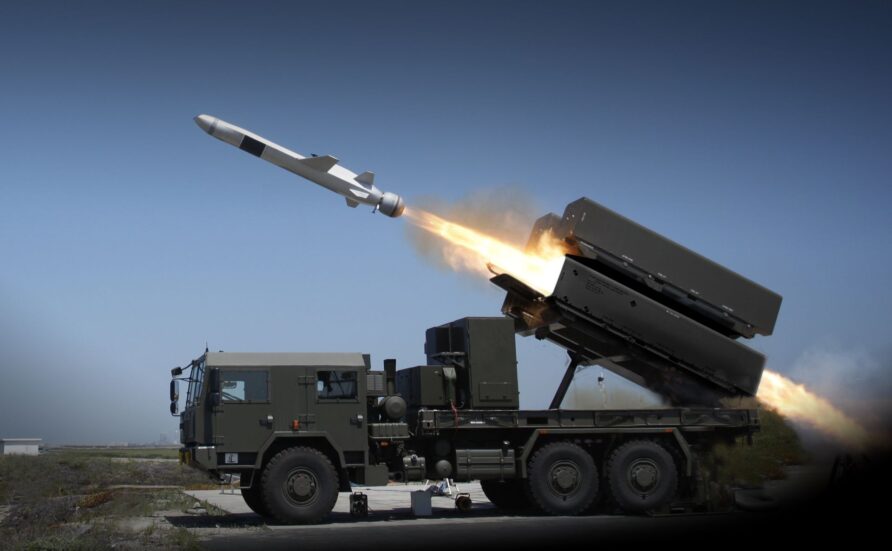
Such that it fits in one of these.
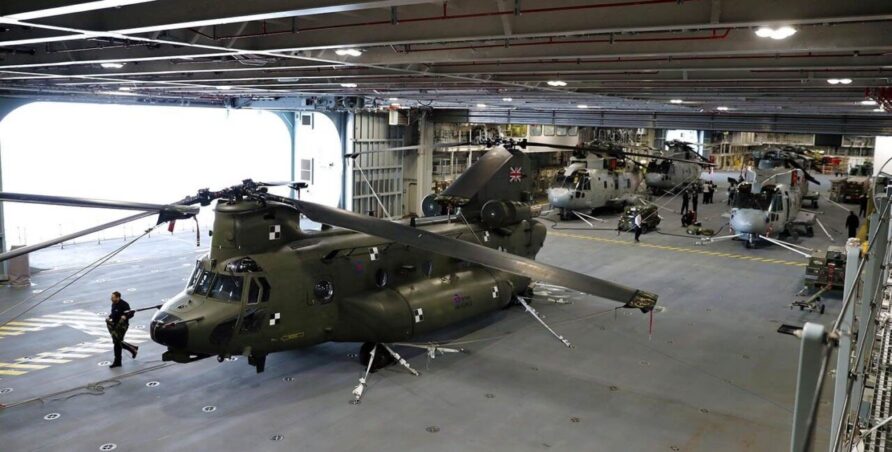
There are no magic beans.
You need to reduce the amount of protection, carry fewer things, and divide the rest into smaller packages.
Elevating Launch Platform
The designers of the Lightweight MLRS at LTV Aerospace came up with a great idea, a single launcher platform that could be mounted either on a trailer or vehicle.
A recreation constructed using contemporary materials and techniques would enable users to select the trailer or vehicle that best suits their aircraft and overall requirements.
It would have a two-part sub-frame, as shown in the diagram below.
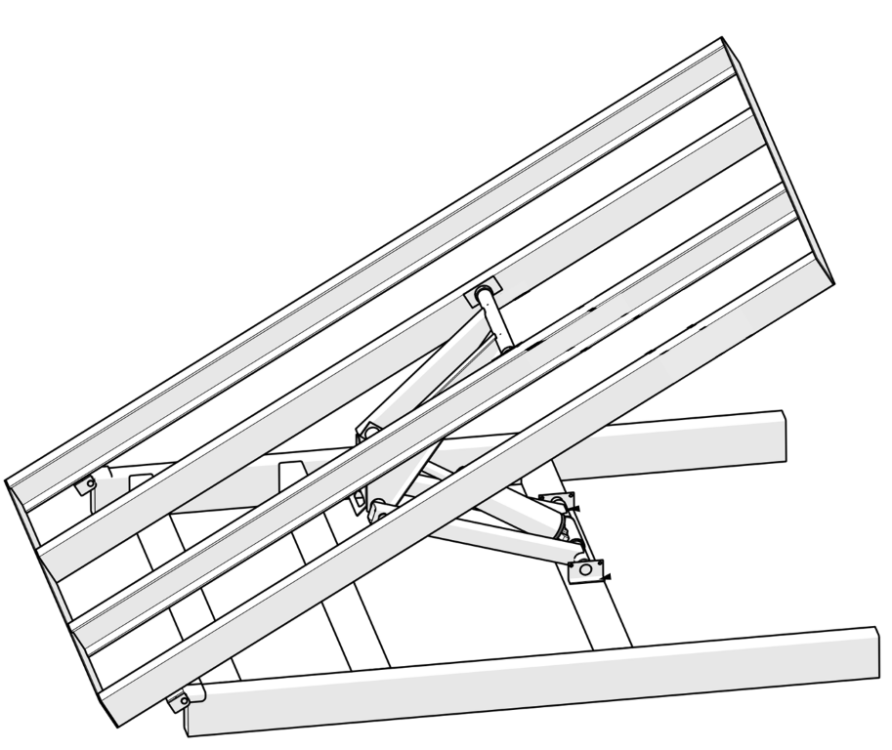
The tipper scissor mechanism would use of 24v hydraulic motor and a cylinder, similar to this model from Rugby Manufacturing
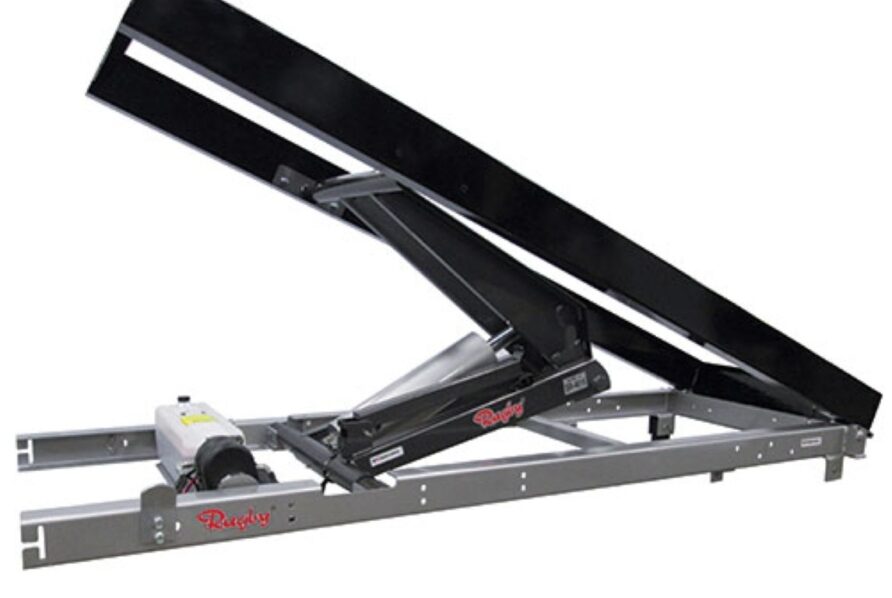
A standardised means of securing to either a vehicle or trailer would be included in the bottom frame.
The top frame would have fixing points for either of the pods.
To keep it simple, no self reloading mechanism, just elevation.
A control mechanism and some means of transmitting the angle of elevation to the fire control system, if necessary, would complete the design.
Vehicle Mounted
LIMAWS(R) was a remarkable system that was close to entering service before it was cancelled.
Returning to Lockheed Martin/Supacat and asking them to pick up where they left off would not be unreasonable, but as good as it was, it excluded Merlin and Chinook internal carriage.
A new design would be desirable, whether military from the outset or civilian markets have vehicle designs that could be adapted for use with the Elevating Launch Platform.
For example, low height vehicles are used in the mining sector for utility transport and rescue.
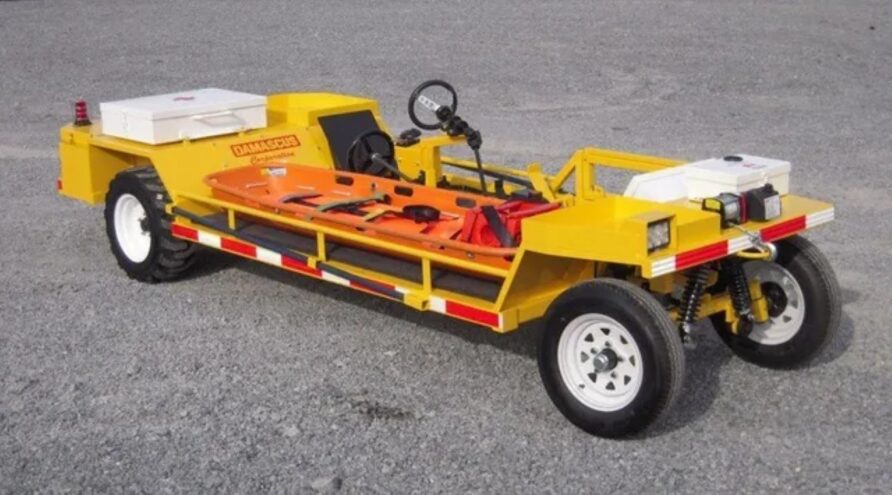
Johnson Industries, Rohmac and Damascus in the USA, and Fermel in South Africa are example manufacturers.
Many of these have a higher payload than one might imagine, and the missile pod is offset to one side.
Asymmetric load would need modification to the suspension systems and handling would be poor unless weight was added, which would likely take it over payload limits for some aircraft.
They have almost no ground clearance, which reduces mobility off-road and significantly reduces break over capacity. It would probably hit the ramp on most of the aircraft, unless some under body rollers were used.
Some models have bigger tires, more suspension travel, and more ground clearance, but this might not be enough.
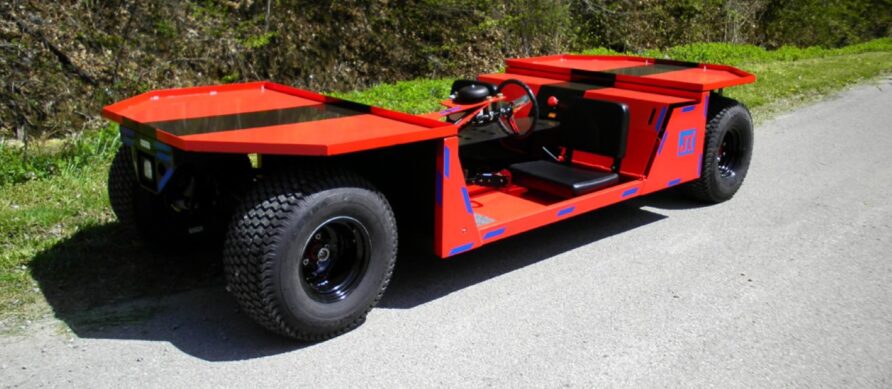
These designs are interesting, but they are unlikely to be suitable for this role.
Tunnel dumpers and off-road self-loading concrete mixers have a similar offset driver cab that might allow the pod to fit, and still fit within the dimensions.
However, they tend to be larger machines that are too heavy.
An alternative that is more feasible is referred to as a mini forestry forwarder.
These are specifically designed for challenging terrain, such as narrow spaces between trees, and lengthy but substantial loads, such as logs, which bear a striking resemblance to missiles.
Kranman, Vimek, Loader, Lennartsfors, and Alstor are typical manufacturers of these smaller machines.
The articulating chassis, all-wheel drive, and trailing arm suspension guarantee optimal mobility.
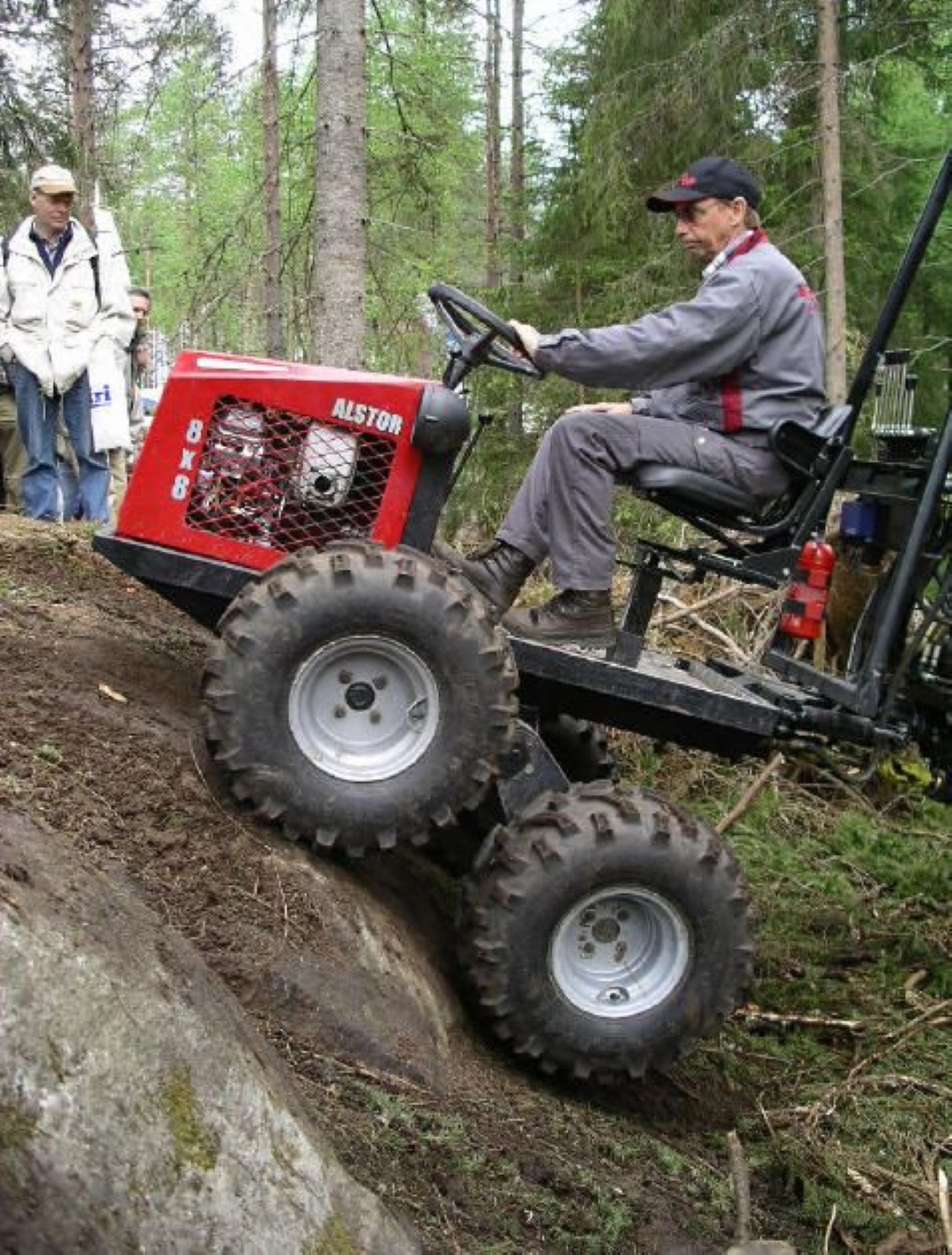
The departure angles are good.
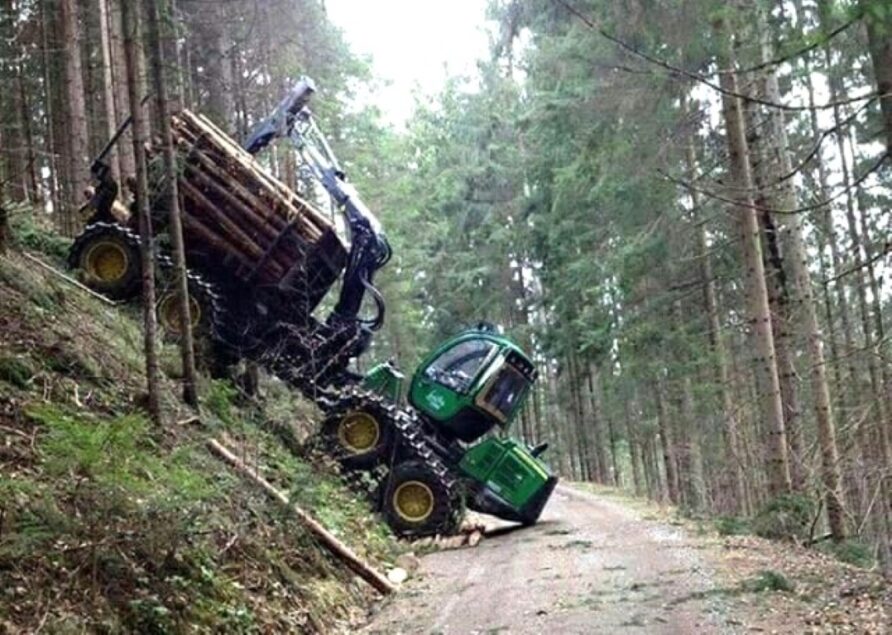
Track kits can also be fitted to improve mobility even further.
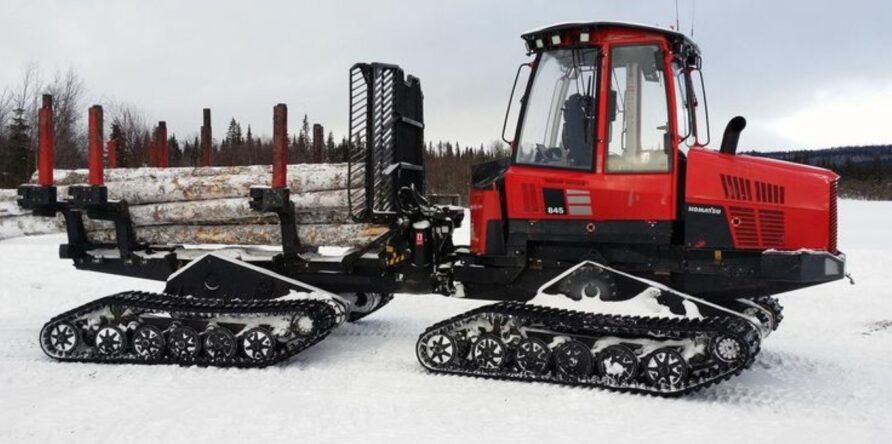
Using a Kranman 660 three axle as a base vehicle.
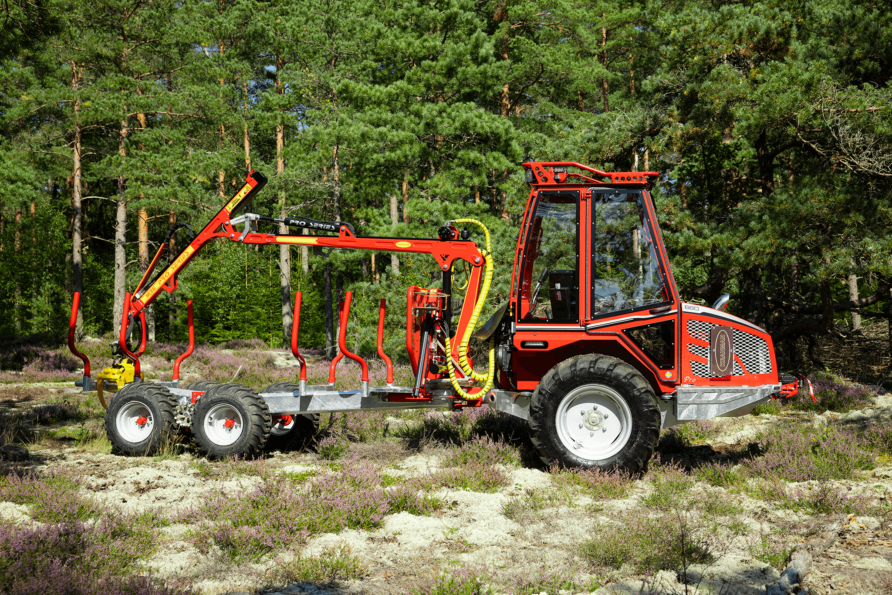
Removing the hydraulic log grab, the pod on a tipping body would be positioned as shown below.
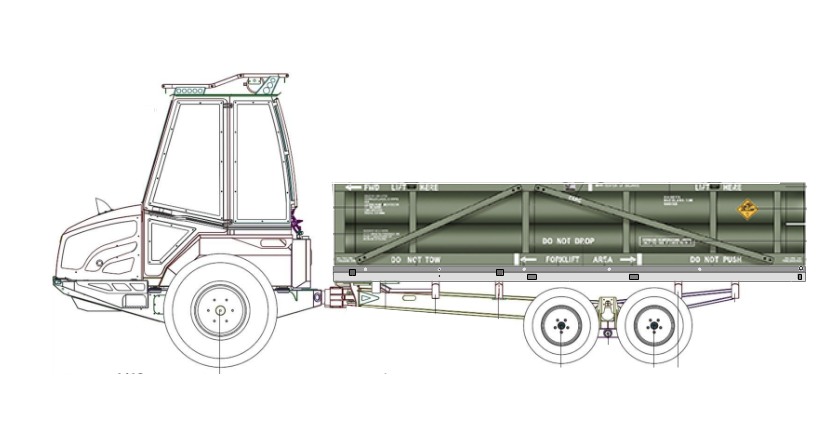
Some aircraft would work with this combination, in the plan below.
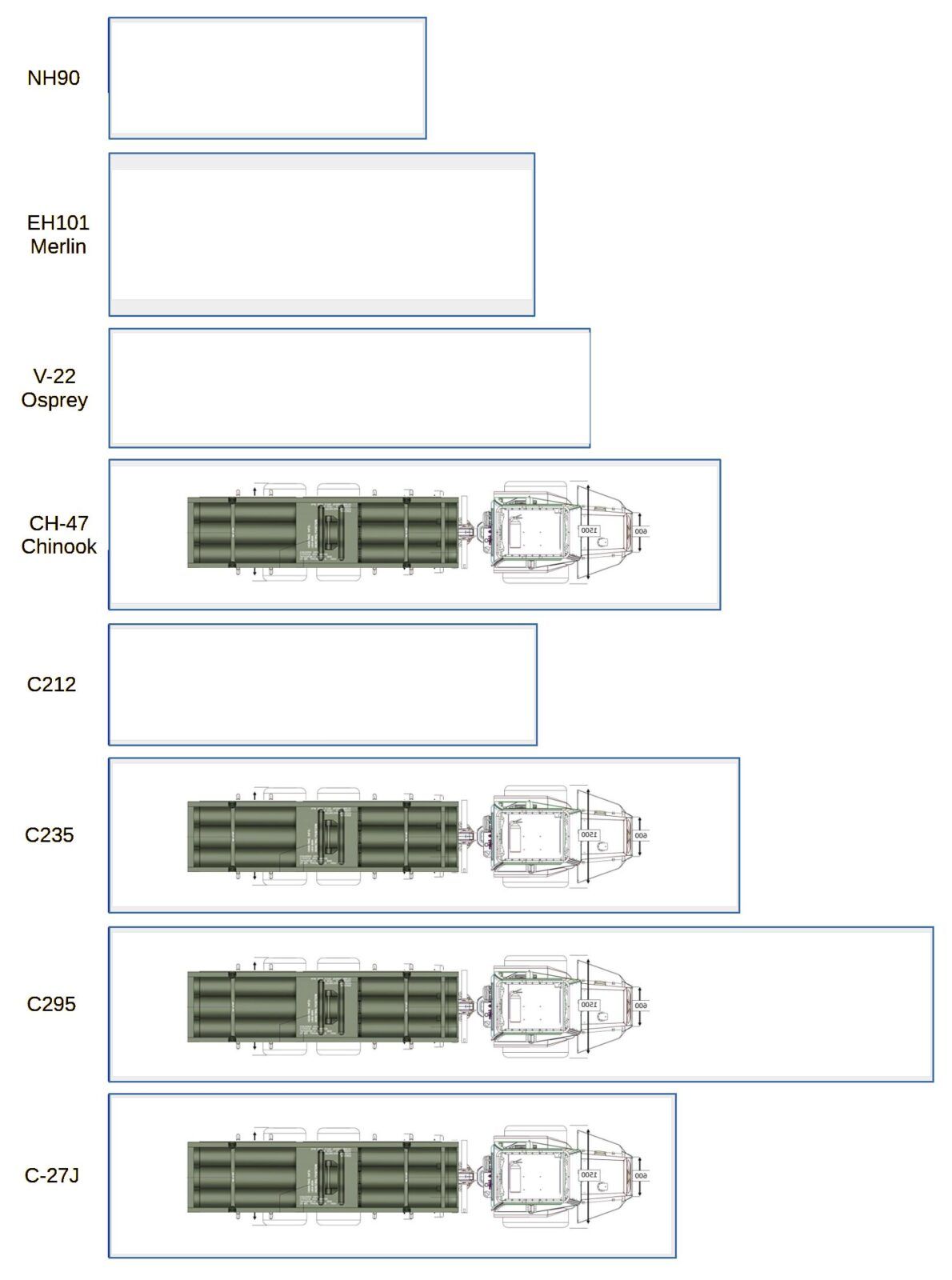
Although they would fit in one dimension, the cab height would mean only a C-27J would be viable in practice.
A cab with a folding ROPS might solve this problem.
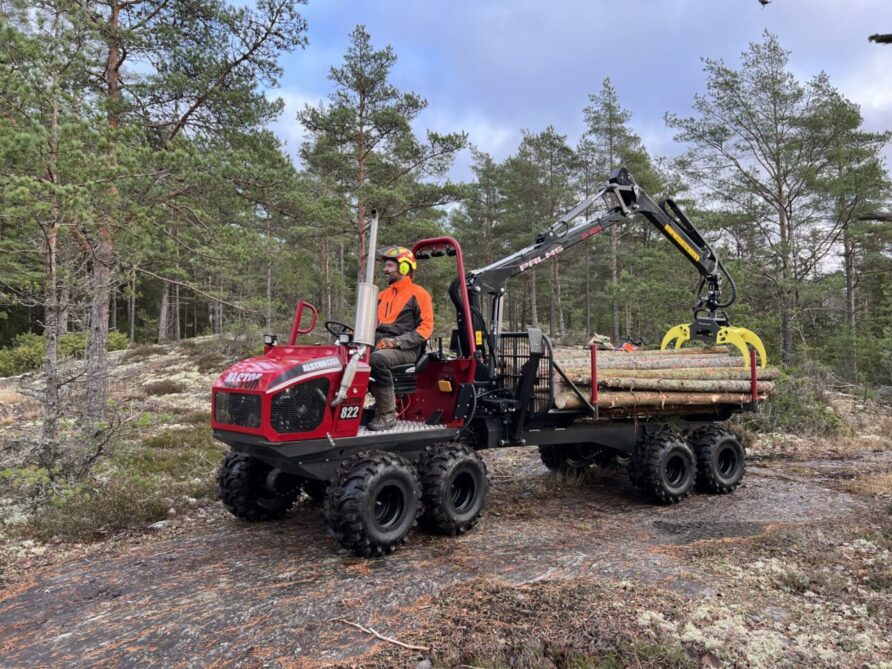
In the image above, which shows an Alstor 822, it can be observed that despite the incorporation of a folding ROPS, the seat height remains excessively high for numerous aircraft.
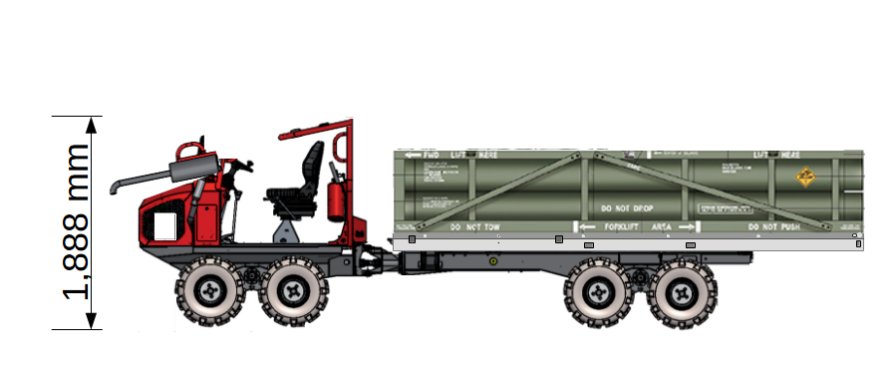
The video below is another design from Lennartsfors in Sweden that shows a dismounted forward control option.
This would resolve the height issue when loading and unloading, though it would still be relatively high.
Mini forwarders aren’t built for superfast highway travel, but they’re built to carry the weight and be mobile, which makes them ideal for aircraft internal carriage.
Due to their narrowness, it is probable that they would require a set of stabilising jacks during firing.
It may be feasible to integrate the fire control components within a single vehicle; however, my working assumption remains distinct.
Some measures of protecting the vehicle from the rocket motor efflux would also be required, such as a flexible flame resistant material cover, although this also feels suboptimal.
Considering the removal of the hydraulic grab, but replacing it with the weight of the subframe and launch platform, the payload to total weigh ratio for this combination is typically around 50%, depending on the forwarder model.
This is even better than the MLRS Towed.
Trailer Mounted
The mini forwarder seems like a reasonable choice, but it’s slow and might not be suited for easy maintenance across long supply chains.
It only works with a few aircraft.
The main advantage of using a trailer is that it allows the user to choose the most appropriate towing vehicle for the role, and aircraft or vehicles that might already be in service.
The elevating launcher mechanism subframe could be mounted on a standard braked trailer with a flat load bed, as long as it can support the length. The trailer would use a NATO hitch and lunette ring to provide a secure and flexible coupling between the trailer and the towing vehicle, which is conventional and well proven.
It will also need support posts and jacks for stability, as well as different places to mount fire control and power connections.
But apart from that, relatively simple, something like the flat deck hauler from Off Road Designs in Australia is a good example.
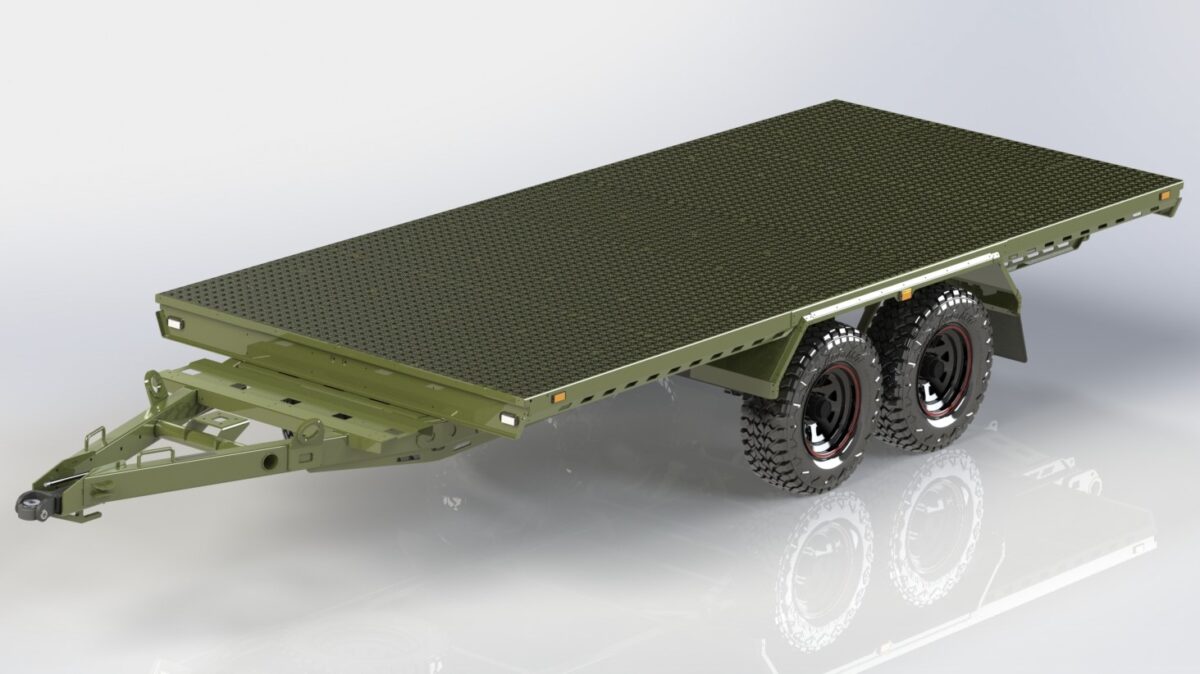
This particular design is slightly too large, but it would be easy to correct size it or simply use the frame to attach to the elevating launcher assembly.
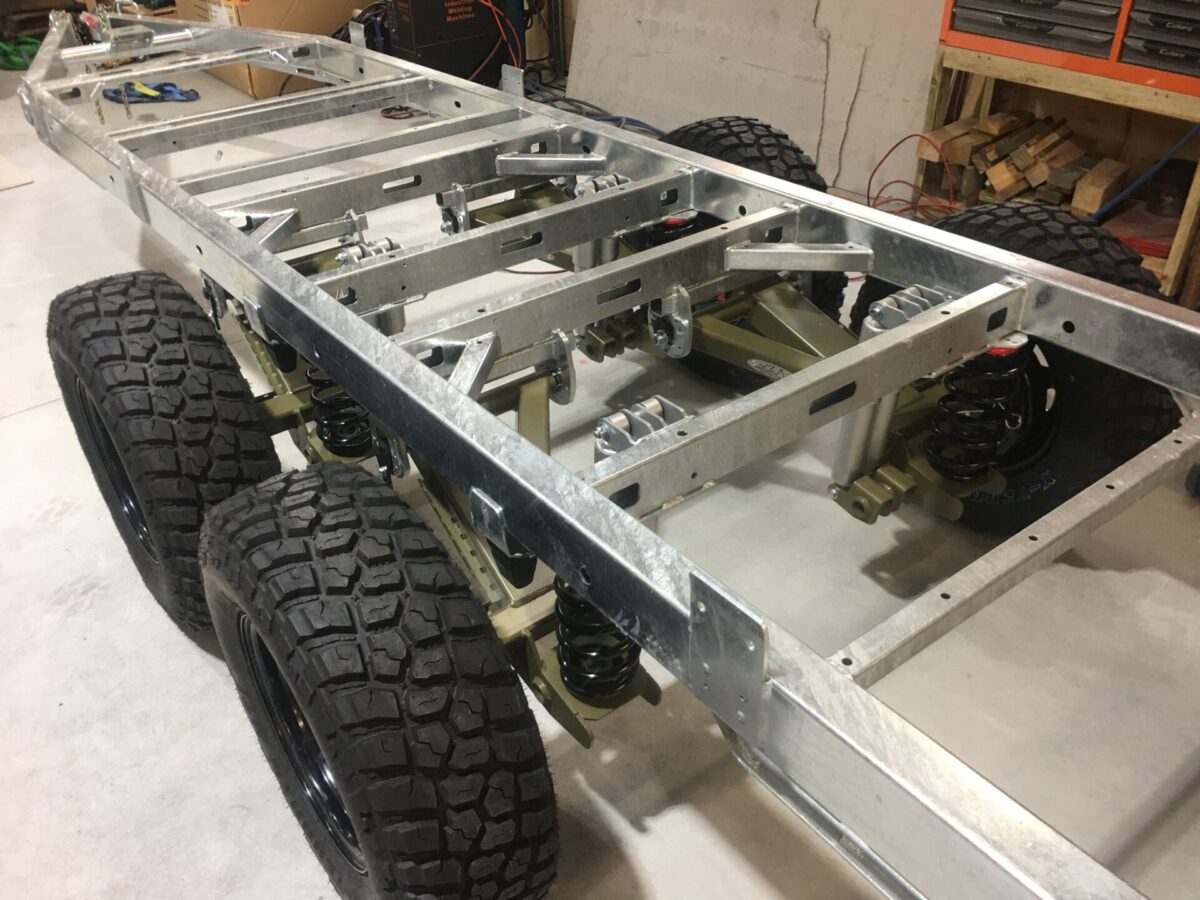
Other trailer designs that can use demountable bodies are worth exploring.
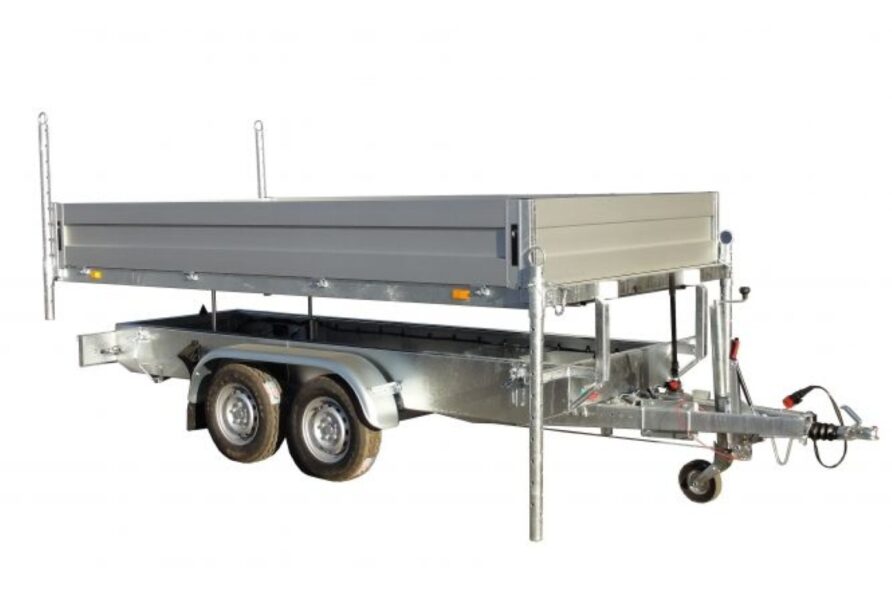
Similar to the forwarder vehicle above, the timber trailer is designed for long and heavy loads, but without excessive width.
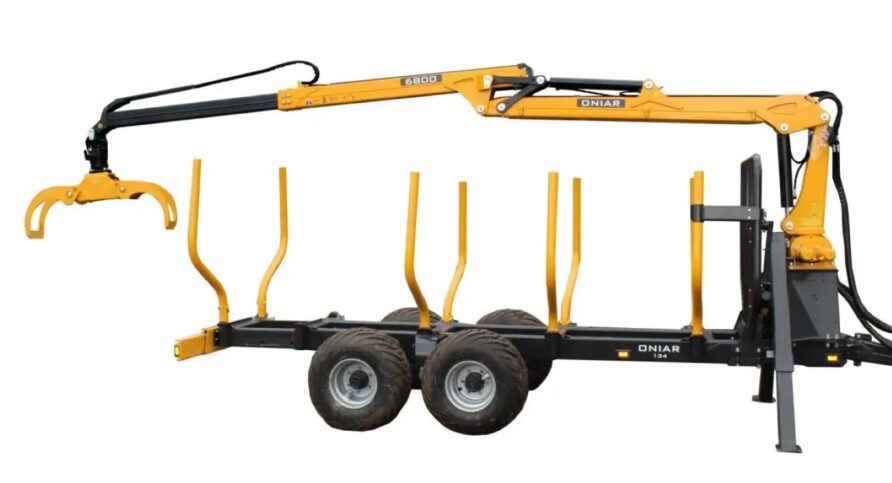
Forestry trailers would be a good choice for this job.

This arrangement would be marginal for the C212 and Merlin, and would require either some form of folding trailer frame or ramp void.
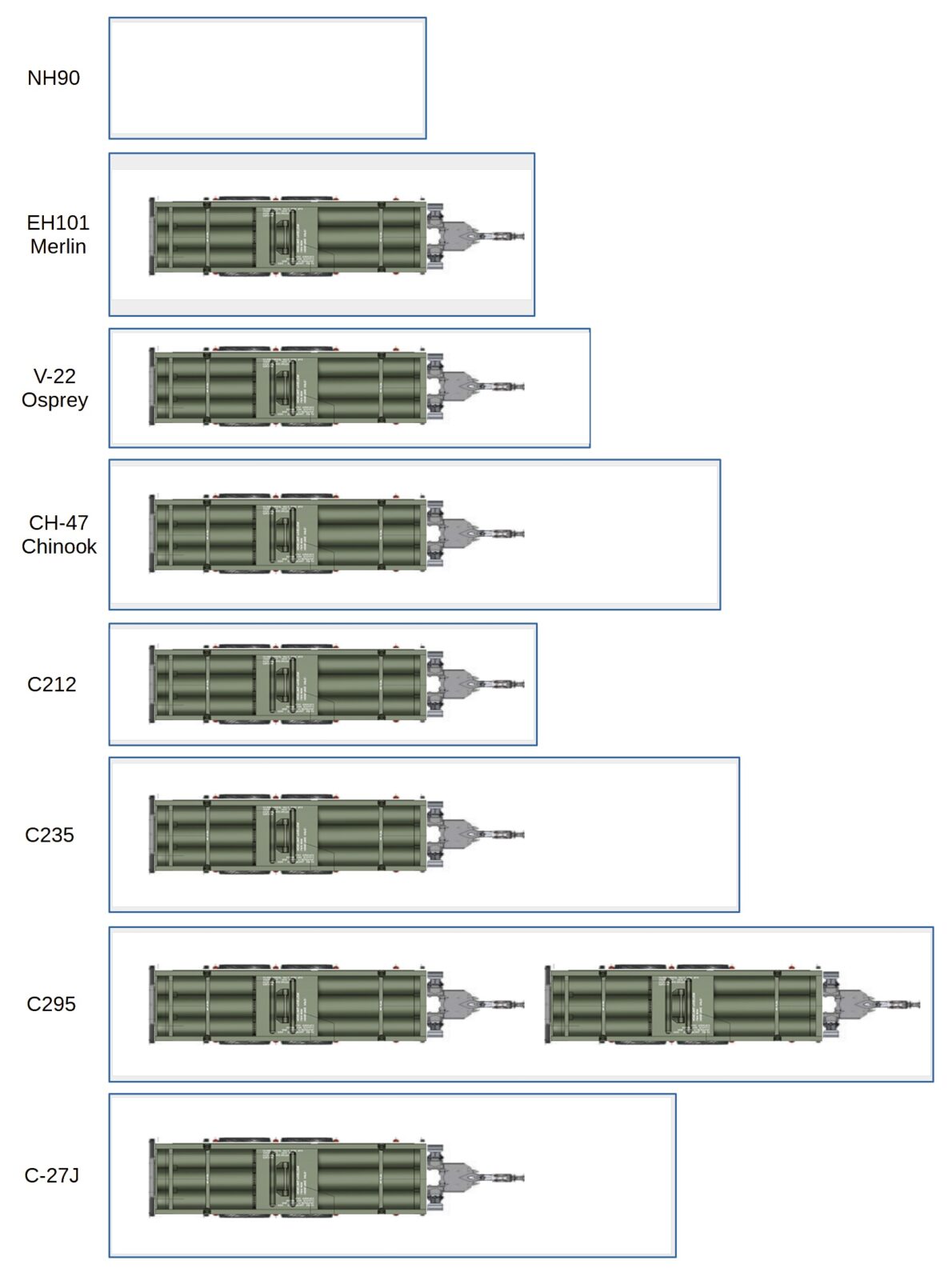
It is too big for the NH90, but it works well for the others, including the C295, where two would be possible.
Despite being separated by six decades, the Little John and MRZR trailer designs address a similar issue, specifically hitch height and ramp angles.

Creating an arch can definitely help, but geometry only goes so far.
A design that solves the problem, albeit on a larger scale, is the Italian Aris Airlift Global Carrier (AGC), using a gooseneck trailer with a hydraulically actuated coupling.
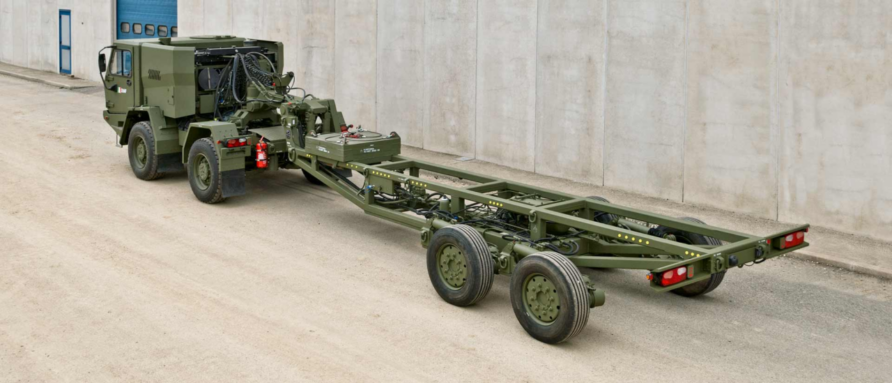
The payload is kept level by raising the coupling as the tractor unit leaves the aircraft.
When the tractor unit is off the ramp, but the trailer wheels are not yet on the ramp, the coupling is lowered, and the entire vehicle clears the aircraft.
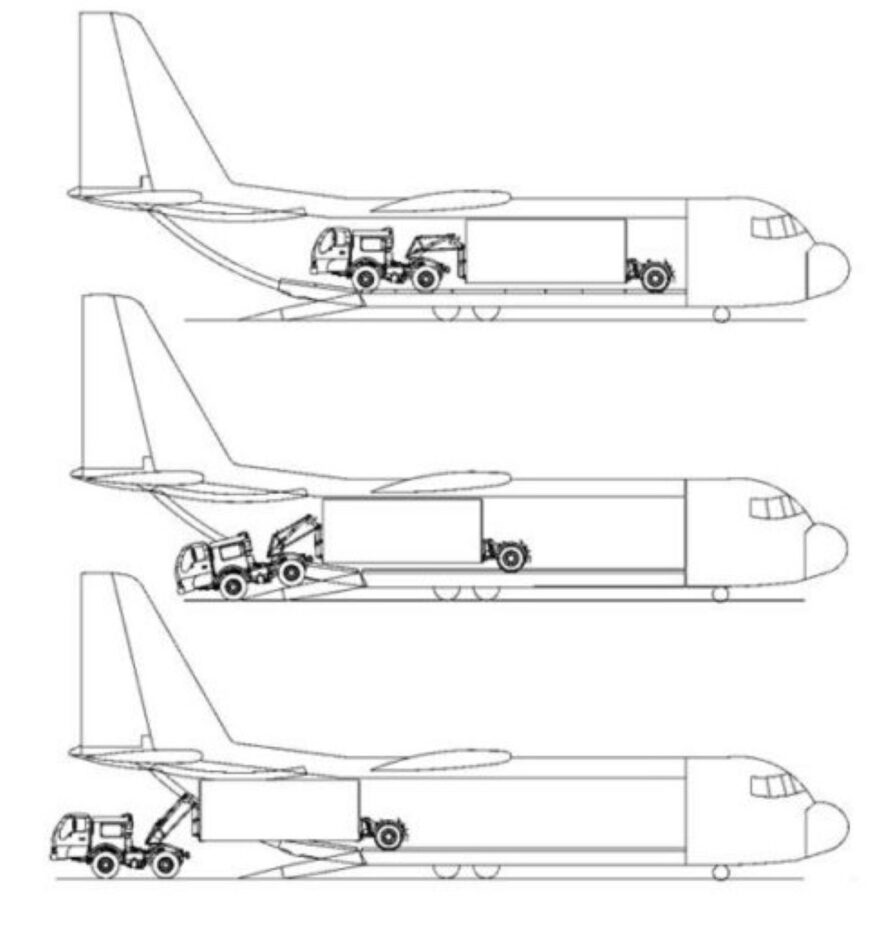
Loading is the same, but in reverse order.
The load is kept level during loading and unloading, which allows the load to maximize available space in the aircraft, and negates the need for any loading equipment.
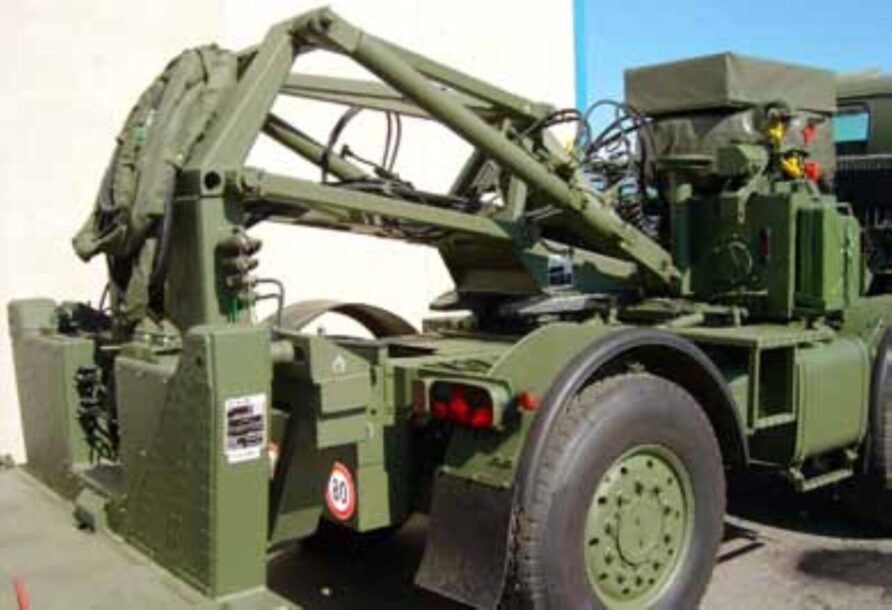
A dolly wheel and flat load bed are also available.
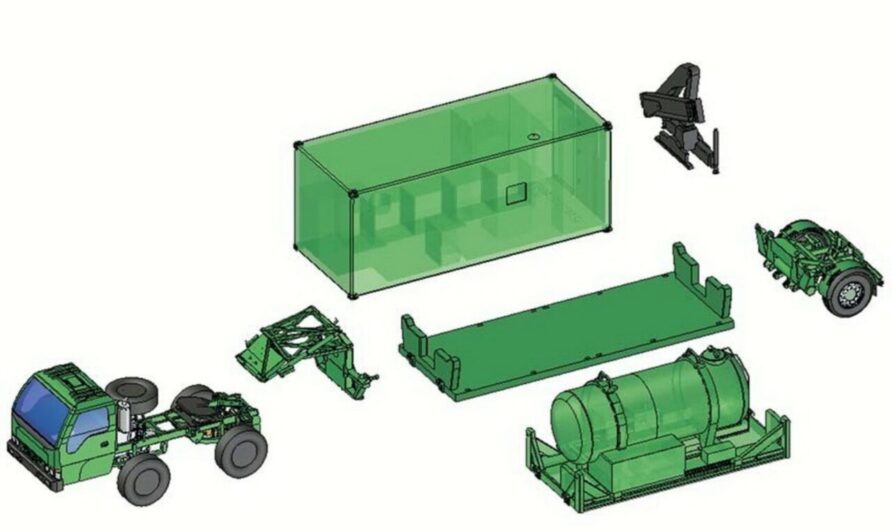
The trailer design shown in the diagram above with a rear mounted wheel dolly is somewhat repeated in agricultural tool carriers.
This model has a hydraulic elevation mechanism to facilitate loading and unloading, and to keep loads as close to the ground as possible.
It’s possible to reduce this if necessary, as that lot doesn’t fit into a Merlin.
Although they are not the same thing, gooseneck trailers and ones that use a fifth wheel coupling can be used to reduce the overall length of vehicle and trailer, as some of the trailer is carried over the vehicle.
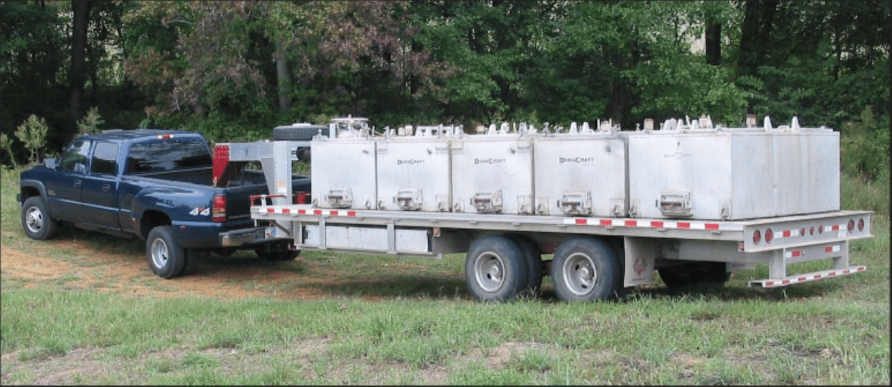
They can be used with different vehicles and UGV’s.
They are useful because they buy a bit of length, which can make a trailer/vehicle combination fit in the aircraft or not.
Adding additional mobility to the trailer is possible.
A simple hydraulic Robson Drive is often used on smaller forestry trailers.
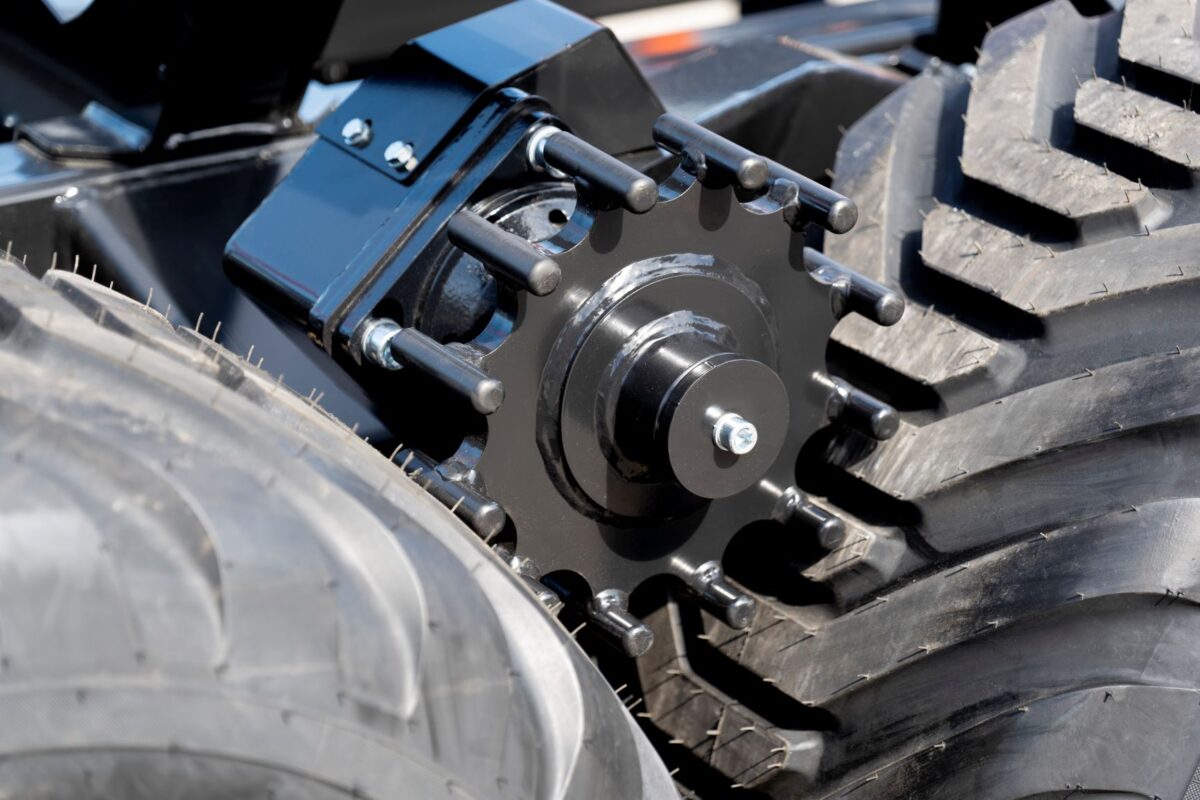
In the video below, you can see how they work.
At a larger scale, HM Trailers in the UK make powered axle trailers, as do Pfanzelt.
Black Bruin in Finland and BPW in Germany the driving vehicle hydraulic system which provides the operator with much more control for the Agro Drive.
A simple PTO-driven axle offers another option, such as this one from Proengil in Poland.
It has a payload of 8 tonnes with an unloaded weight of approximately 1,500 kg.
Tracked trailers are useful for use on poor ground or snow.
The PTO-driven tracked from Loglogic is shown in the image below, with a weight of 1.3 tonnes, it can carry 2.5 tonnes.
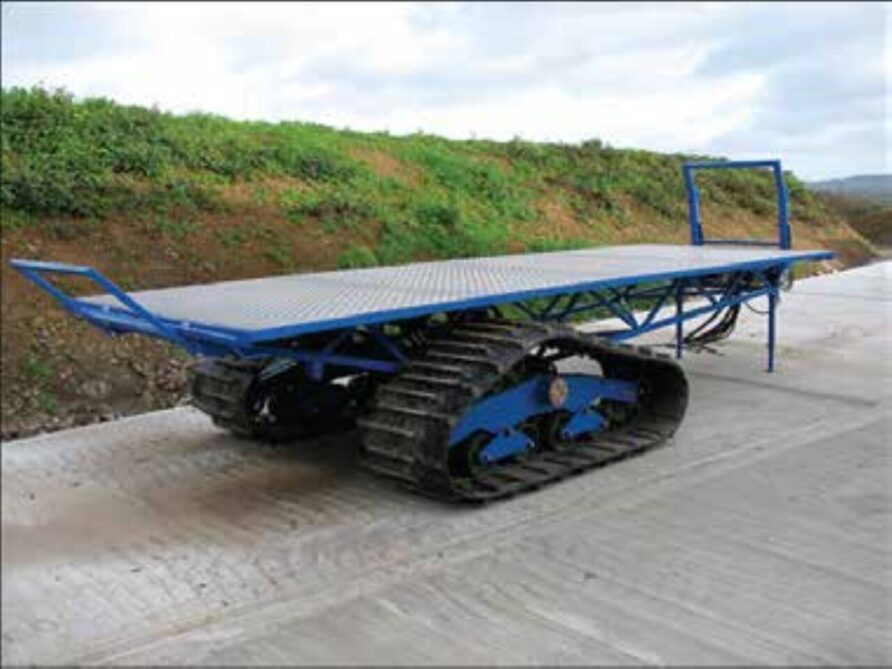
The tracks are too wide for many aircraft. If you change them to 400 mm tracks (as suggested by the manufacturer), you can remove 100 mm from each side. This will make it fit.

It is too long to fit inside a Merlin, but I am certain it would not be impossible to design and build a version that does.
You could use skis.
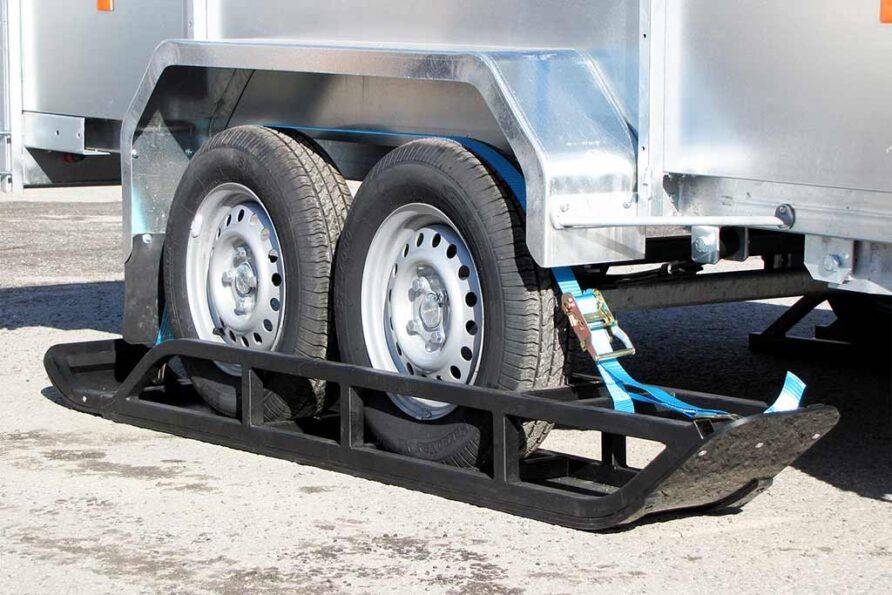
Although there is some variation in trailer weight depending on the different designs, the payload to total weight ratio will be the best of any option.
60-70%.
Other Transport Options
This series is about light role mobility, but other transportation options are also important. Transport aircraft, air despatch, intermodal containers and trucks, and even landing craft should all be part of the mix.
The larger aircraft could carry the ‘full fat’ truck or tracked vehicle-based launchers, but in some circumstances, you could see them transporting the lightweight solutions into theatre for onward transport by the smaller fixed and rotary wing aircraft.
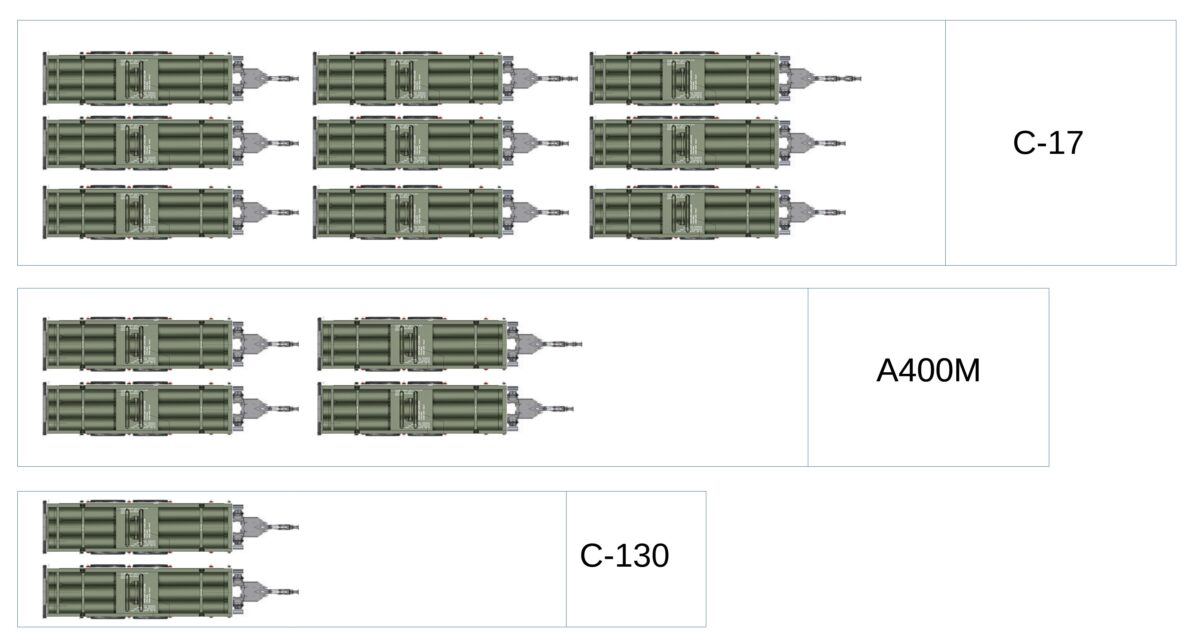
You could possibly achieve better density by using the ramp voids.
20 ft and 40 ft intermodal shipping containers and flat racks.
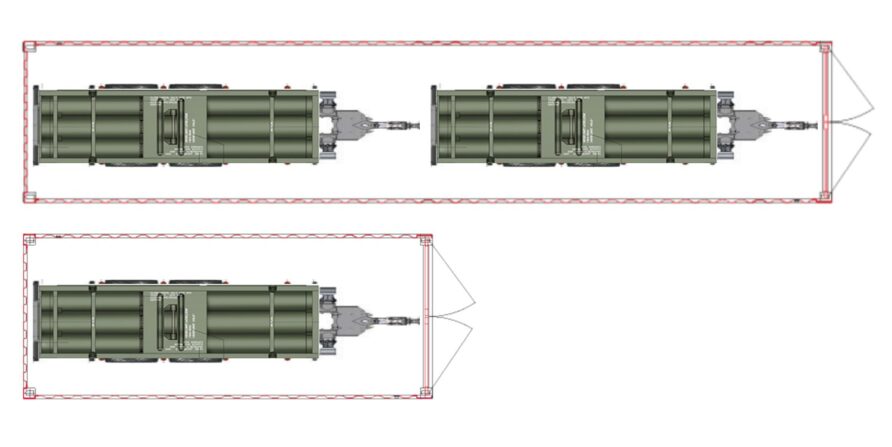
Due to the prevalence of traditional curtain side trailers and trucks, they have the potential to be exploited, as well as smaller rigid military trucks.
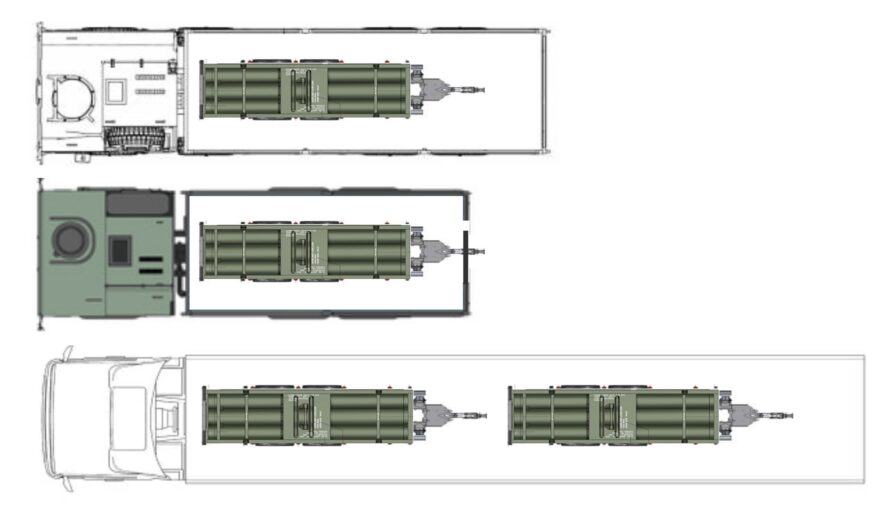
Many large landing craft could carry any of the designs above, but as the Royal Marines become more of a raiding force, something like a commando insertion craft could be used.
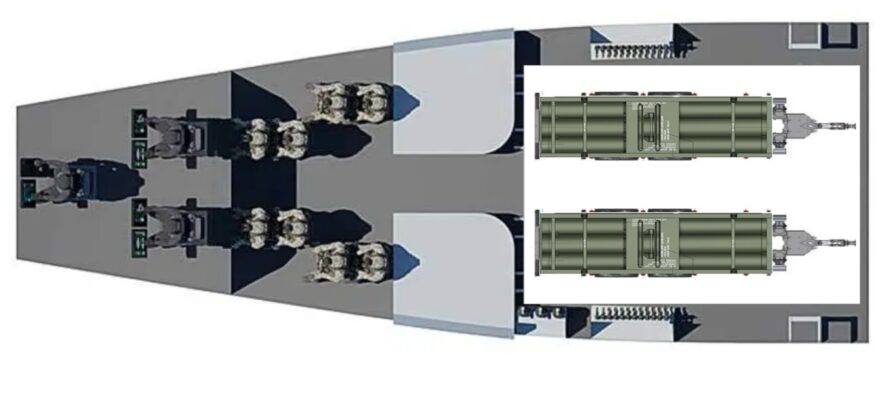
Next Post in the Series
The next post in the series will look at how these trailers can be loaded and unloaded, and moved to their operating location.
Discover more from Think Defence
Subscribe to get the latest posts sent to your email.

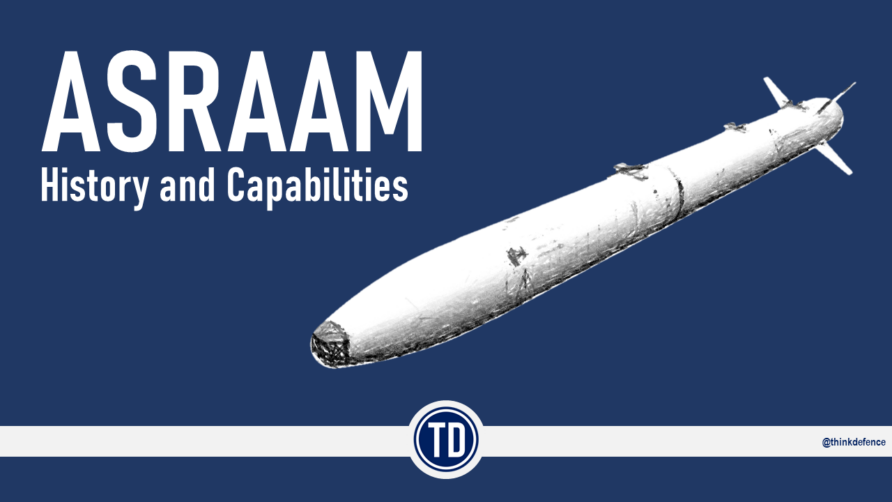
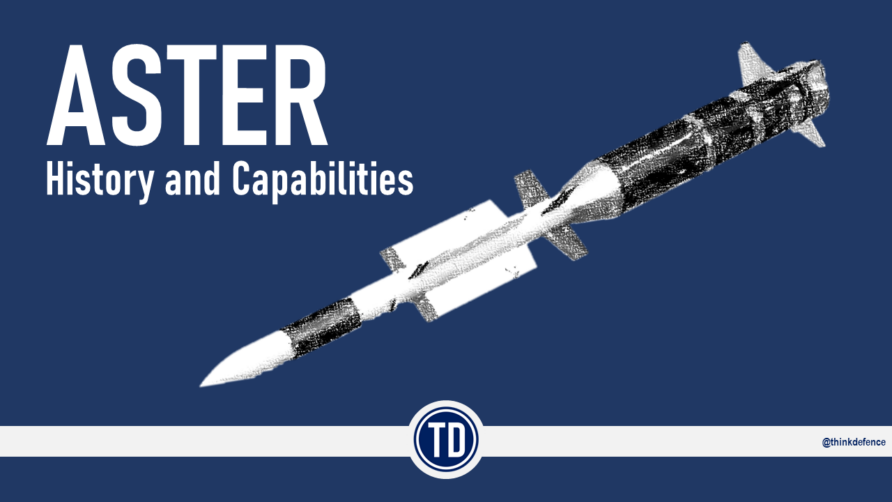
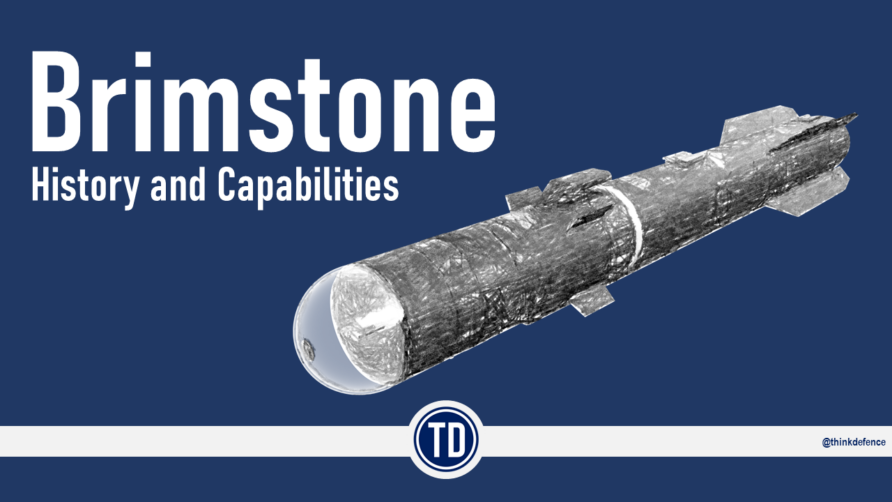
Rather than using hydraulic rams for raising the load bed, electric screw-drives might be a better option. Lighter, more easily maintained and reduced fire risk in an aircraft.
Good point on the linear drives